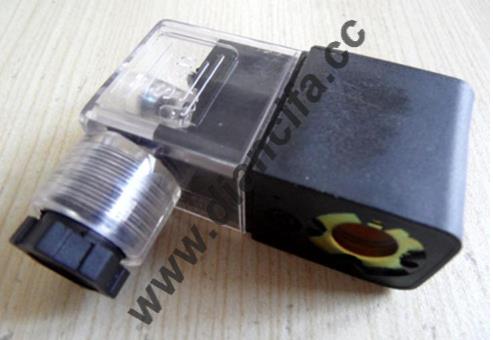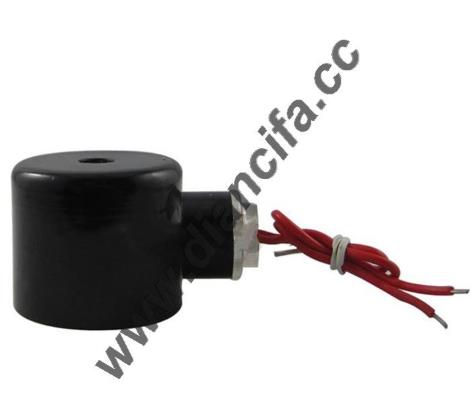2. If the current voltage is lower than the rated voltage of the coil, the magnetic flux in the magnetic circuit will decrease, thereby reducing the electromagnetic force, which may cause the coil to move after being energized. If the iron core cannot pull in, there will be an air gap in the magnetic circuit for a long time. The magnetic resistance Rm in the magnetic circuit is many times greater than in the normal state, causing a sharp increase in the excitation current. If the time is slightly longer, the coil may be burned.
3. Factors such as too high operating frequency, uneven core cross-section and long-term operation are also the reasons for coil burnout.
4. Mechanical failure causes the moving iron core of the contactor to fail to close, the contactor contacts deform and fall out, or between the contacts or between the moving and static iron cores or even between the elastic springs If there is foreign matter, after the coil is energized, the moving iron core cannot be attracted or cannot be closed properly, which will cause < span style="color:#4C33E5;">The solenoid valve coilis burned.
5. The use environment is poor, such as coil dampness, overheating environment, etc.

A solenoid valve consists of two parts: a solenoid coil and a magnetic core. It is a valve body containing one or more holes. When the coil in the solenoid valve is energized or de-energized, the operation of the magnetic core causes the fluid to pass through the valve body or be cut off, thereby changing the direction of the fluid. Because the current has to pass through the coil, the solenoid valve coil may be burned out. Of course, the reasons for the burnout may be different. Let's take a look at the causes of the solenoid valve coil burnout.
External reasons:
The stable operation of the solenoid valve is inseparable from the cleanliness of the fluid medium. Many media will have some fine particles or media calcification, and these fine substances will slowly adhere to the The valve core gradually hardened. Many people found that the solenoid valve was running normally the first night, but the solenoid valve could not be opened the next morning. When it was removed, it turned out that there was a thick layer of calcification deposits on the valve core. This situation is the most common and is also the main factor causing the solenoid valve to burn out, because when the valve core is stuck, FS=0, at this time I=6i, the current will increase six times, and ordinary coils are easily burned out.

Internal reason:
The matching gap between the slide valve sleeve and the valve core of the solenoid valve is very small (less than 0.008mm). It is usually assembled in a single piece. When mechanical impurities are brought in or the lubricating oil is too large, When it's small, it's easy to get stuck. The treatment method can be to insert a steel wire through the small hole in the head to make it bounce back. The fundamental solution is to disassemble the solenoid valve, take out the valve core and valve core sleeve, and clean it with CCI4 to make the valve core move flexibly in the valve sleeve. When disassembling, attention should be paid to the assembly sequence of each component and the position of external wiring so that reassembly and wiring are correct. Also check whether the oil spray hole of the lubricator is blocked and whether the lubricating oil is sufficient. If the solenoid valve coil is burned out, you can remove the wiring of the solenoid valve and measure it with a multimeter. If there is an open circuit, the solenoid valve coil is burned out. The reason is that the coil is damp, causing poor insulation and magnetic flux leakage, causing excessive current in the coil and burning. Therefore, rainwater must be prevented from enteringSolenoid valve. In addition, if the spring is too hard, the reaction force is too large, the number of coil turns is too few, and the suction force is not enough, the coil may be burned. During emergency treatment, the manual button on the coil can be moved from the "0" position during normal operation to the "1" position to open the valve.






 WhatsApp: +8615857777578
WhatsApp: +8615857777578